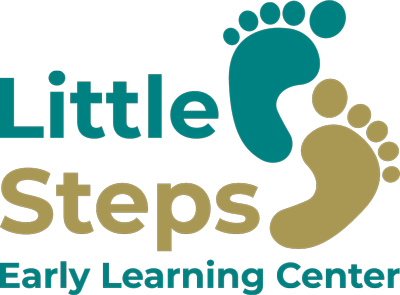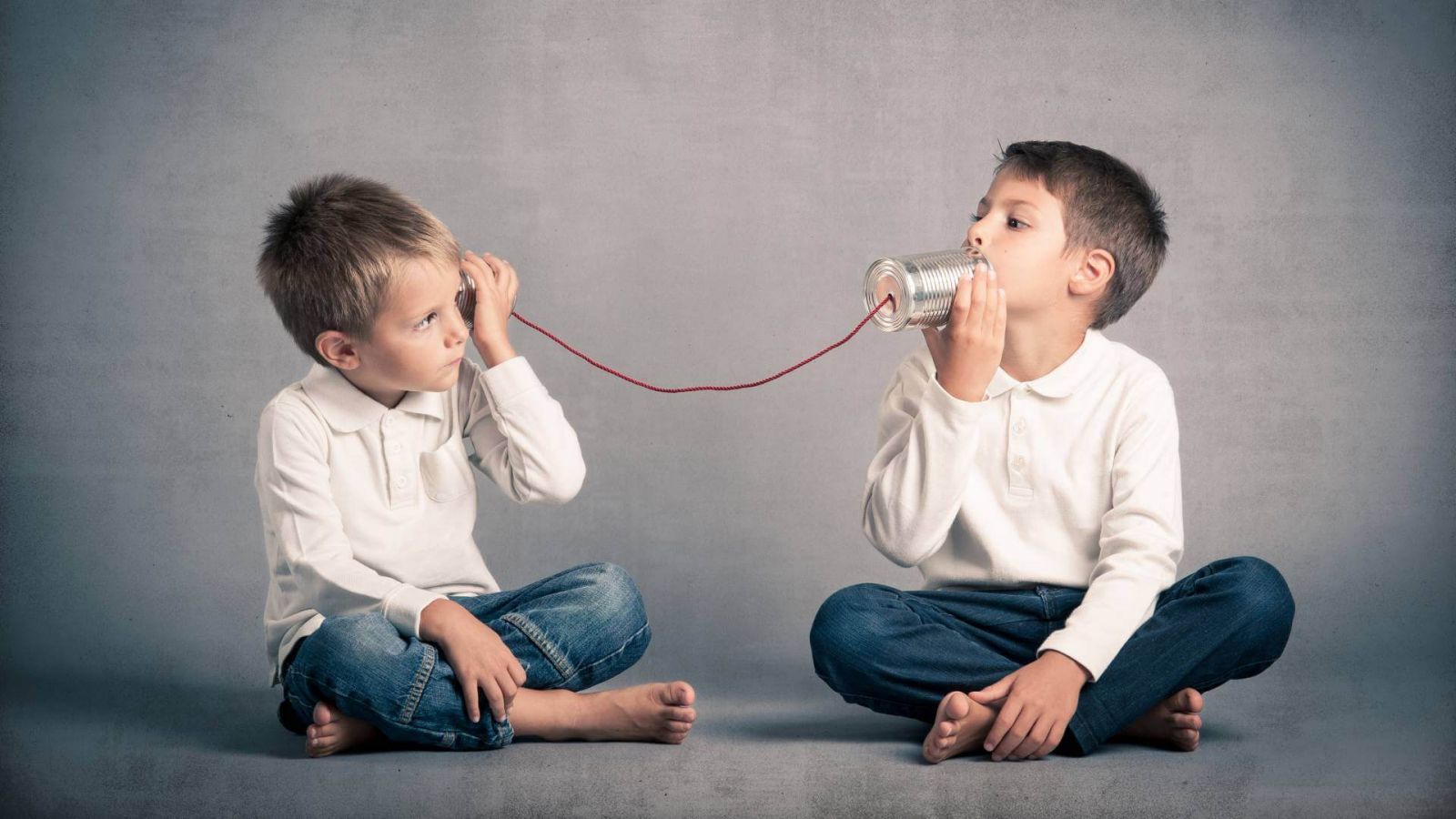For parents entrusting their children to a child care facility, safety and security are paramount concerns. The creation of a nurturing, protective environment where children thrive and parents have peace of mind is foundational to quality childcare. From physical safety measures to fostering emotional security, here's how child care centers can ensure a safe and secure atmosphere for young ones.
Physical Safety Measures
- Facility Safety Standards: Child care centers must adhere to strict safety standards. Regular inspections, safety protocols, and adherence to regulations ensure a secure physical environment, including safe play areas, fire safety measures, and childproofing.
- Supervision and Staff Training: Well-trained staff members are crucial. Training in first aid, emergency response, and child safety protocols is essential to handle any situation that may arise.
- Health and Hygiene Practices: Maintaining cleanliness and proper hygiene practices is imperative for preventing the spread of illnesses. Regular handwashing, sanitation of toys and surfaces, and following health guidelines contribute to a healthier environment.
Emotional Security
- Building Trusting Relationships: Establishing trust between caregivers and children is foundational. Consistency, warmth, and responsive caregiving build secure attachments, providing children with a sense of safety and emotional security.
- Open Communication: Maintaining open lines of communication with parents fosters a trusting relationship. Regular updates, parent-teacher conferences, and accessible channels for inquiries or concerns contribute to a sense of security for parents.
- Emotional Support: Child care centers should create an emotionally supportive atmosphere. Recognizing and addressing children's emotional needs, offering comfort, and teaching conflict resolution help in cultivating a nurturing environment.
Preventive Measures and Protocols
- Safety Policies: Clear and comprehensive safety policies should be in place and communicated effectively to staff and parents. These policies cover everything from pickup procedures to emergency plans.
- Security Measures: Implementing security measures such as restricted access, surveillance cameras (where appropriate and within legal boundaries), and visitor protocols contribute to the overall safety of the facility.
- Emergency Preparedness: Regular drills for fire, earthquake, or other emergencies help staff and children understand what to do in critical situations, ensuring a prompt and efficient response.
Continuous Improvement and Evaluation
- Regular Assessments: Periodic evaluations of safety protocols and practices ensure they remain effective and up-to-date.
- Feedback and Adaptation: Encouraging feedback from parents, staff, and children helps identify potential areas of improvement. Flexibility and adaptation based on this feedback contribute to a continually evolving safe environment.
Community Involvement and Collaboration
- Engaging Families: Involving families in safety discussions, workshops, and community events fosters a sense of partnership between parents and the child care center.
- Collaboration with Authorities: Establishing partnerships with local authorities, health departments, and child welfare organizations can provide resources, support, and additional safety guidelines.
Creating a safe and secure child care environment requires a comprehensive approach encompassing physical safety, emotional security, preventive measures, continuous improvement, and community collaboration. Child care centers that prioritize safety not only provide a nurturing environment for children but also offer peace of mind to parents, fostering a trusting relationship crucial for the healthy development of young minds.


